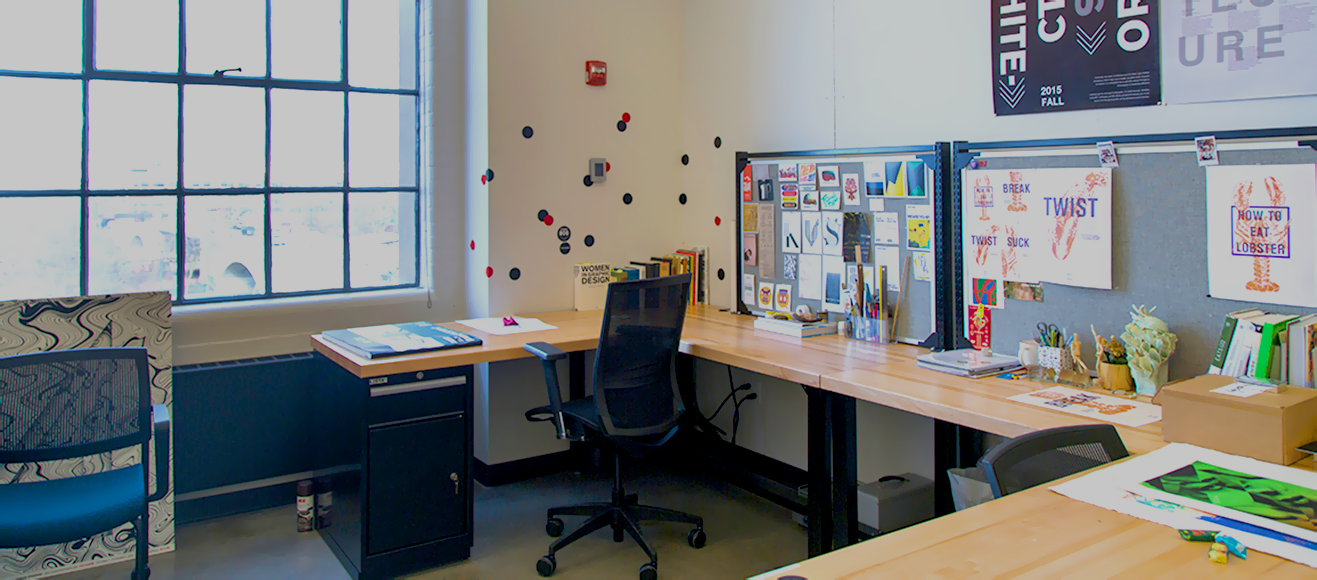


When I started at Nike, everything was like Transformers.

Have you always felt like you were able to do your thing when you were hired for jobs? Maybe we could make money from the gallery and selling clothes, but for now those are more passionate outlets for us. And realistically, that’s what funds everything else. The whole studio-we all learn from our clients. We work with cool and interesting people, so it's a way to learn from others. That's why I studied graphic design and not fine art. Growing up with two middle-class parents-an engineer and an accountant-having a job was always really important. How do you balance creating your own work with creating work for clients? Now I've been able to make that into a practice, where the studio is like the class and then the gallery is like the extracurricular stuff. This is what I like about it this is maybe what I don't.’ I always felt like that balance was important. Then when I worked at Nike I was like, ‘OK, this is what graphic design looks like from a functional standpoint. That's where we threw parties that's where we made zines. And that's where I started FISK-with my class. You have the classroom, but if you're surrounded by 20 other designers, you're probably going to make stuff together. Portland Monthly: Did you always know that you wanted to have your own studio?īijan Berahimi: Since school, I’ve had the inclination to create my own environment, because school felt very, very intentional-like it was designed, but with flexibility and fluidity. Now, Berahimi says the open-ended projects that the gallery affords help him and his team see their designs outside of a computer screen. Selling their own FISK-branded merch has been a part of the gallery space since the outset, but for the past two years they’ve focused those efforts on a springtime collection of clothing and housewares celebrating the Iranian new year, Nowruz. The gallery is the counterpart to their work for clients, who range from the Indian-American pop star Raveena to the sustainably-minded jeans manufacturer Bershka, to local West African restaurant Akâdi. Shows there have ranged from tarot card-inspired work from linocut artist Sophy Hollington, to illustrations by stick-and-poke tattooer Rachel Howe ( ), to the current show of drawings from MoMa-featured CalArts faculty graphic designer Ed Fella. The agency uses the space to showcase their favorite artists, throw parties and sell a collection of hard-to-find magazines like Flaneur and Mousse, and other endlessly cool finds (recyclable French gardening clogs anyone? Perhaps a door stop made from recycled skateboards?).


 0 kommentar(er)
0 kommentar(er)
